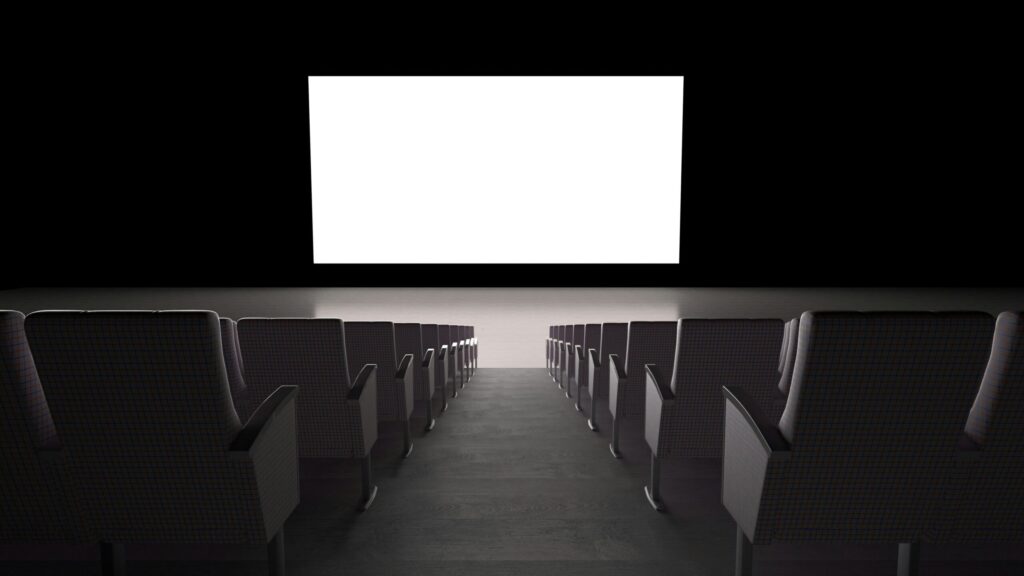A Landmark in Cinematic History
On January 17, 1999, The Matrix, directed by the Wachowskis, premiered in theaters, forever altering the landscape of science fiction and cinema as a whole. Set in a dystopian future, the film delved deep into themes of reality, artificial intelligence, and human resistance, capturing the imaginations of millions and becoming one of the most influential films of the late 20th century. The Matrix’s groundbreaking visual effects, thought-provoking narrative, and philosophical undertones quickly turned it into a cultural touchstone.
A Visually Stunning and Thought-Provoking Story
The Matrix was set in a world where reality is not what it seems. The protagonist, Neo (Keanu Reeves), learns that the world he lives in is actually a simulated reality created by machines to subdue humanity, while the real world is in ruins. Guided by Morpheus (Laurence Fishburne), a leader of the human resistance, and Trinity (Carrie-Anne Moss), Neo embarks on a journey to break free from the Matrix and fight for humanity’s survival. The film’s exploration of the nature of reality and human consciousness resonated with audiences, and its action-packed narrative kept viewers on the edge of their seats.
One of the standout elements of the film was its innovative use of visual effects. The Matrix introduced the world to the now-iconic “bullet time,” a technique where the action slowed down to allow viewers to see events from multiple angles in an almost surreal manner. The most famous example of this is the bullet-dodging scene, where Neo contorts his body to avoid incoming bullets in a sequence that remains one of the most memorable visual moments in film history. This revolutionary effect became a staple in subsequent films and TV shows, cementing The Matrix’s place in cinematic history.
A Career-Defining Role for Keanu Reeves
For Keanu Reeves, The Matrix was a career-defining moment. Although he was already well-known for his roles in films like Speed (1994), The Matrix catapulted him to international superstardom. As Neo, Reeves delivered a performance that combined vulnerability with strength, portraying a man torn between his disbelief and the responsibility thrust upon him. His portrayal of the “Chosen One” who would lead the fight against the machines became an iconic role that defined his career for years to come.
The film also brought significant attention to the Wachowskis, who became known for their visionary and innovative approach to filmmaking. The Wachowskis’ blend of philosophical themes, complex storytelling, and mind-bending action sequences set The Matrix apart from other films of its time and established them as one of Hollywood’s most creative directing duos.
The Matrix’s Cultural Impact
The release of The Matrix sparked a cultural revolution. Its iconic visual style and action sequences inspired a wave of imitations in both cinema and television. The film’s influence extended beyond film into video games, where its virtual worlds and concepts of alternate realities found a new home in interactive media. The success of The Matrix also ushered in a new era of special effects in Hollywood, pushing the boundaries of what was possible and raising the bar for future sci-fi films.
Following the success of The Matrix, two sequels—The Matrix Reloaded (2003) and The Matrix Revolutions (2003)—were released, solidifying the franchise’s place in cinematic history. While the sequels received mixed reviews, the original film’s cultural legacy remained untouched, with The Matrix continuing to influence the sci-fi genre and the wider pop culture landscape for decades.
Behind the Scenes: Innovation and Dedication
Behind the scenes, The Matrix was a product of intense work and innovation. The Wachowskis, along with their dedicated team, created new special effects techniques and filmmaking methods that had never been seen before. The filmmakers developed a new standard for action sequences, using innovative techniques like wire-fu, which blended martial arts choreography with state-of-the-art visual effects. The film’s success wasn’t just about the story or acting; it was about the creative vision and the technical mastery that went into every frame.
Additionally, the attention to detail in the world-building and character development was extraordinary. The film’s blending of philosophical themes—such as the nature of reality, free will, and the illusion of choice—added layers of depth that continue to be discussed and analyzed by scholars and fans alike.
Legacy and Influence on Future Sci-Fi Films
The Matrix’s success laid the foundation for future sci-fi blockbusters and influenced the entire entertainment industry. Its innovative visual style, storytelling techniques, and philosophical underpinnings left an indelible mark on films, television, and video games. Movies like Inception (2010) and Inception (2010) were influenced by The Matrix’s ability to blend mind-bending concepts with visual spectacle, while its dystopian themes resonated with later films like Minority Report (2002) and Black Mirror (2011-2019).
The Matrix remains one of the greatest science fiction films of all time, revered for its genre-defying storytelling, revolutionary visual effects, and its exploration of complex philosophical ideas. Even after more than two decades, it continues to captivate new audiences, making it a timeless classic that is still relevant in the world of cinema today.


